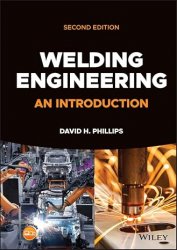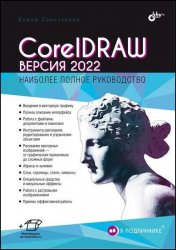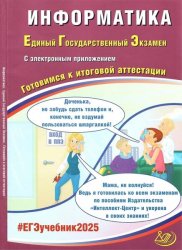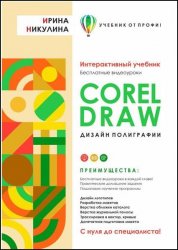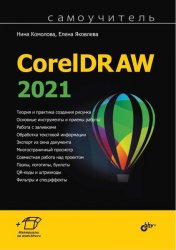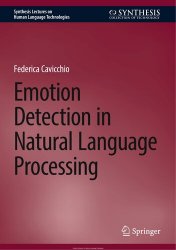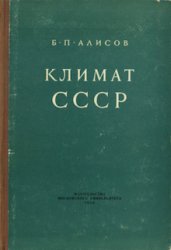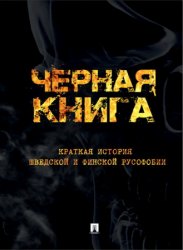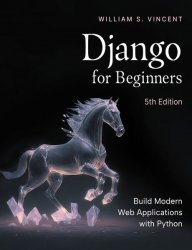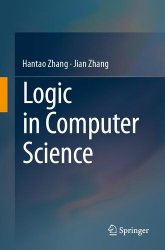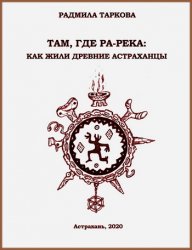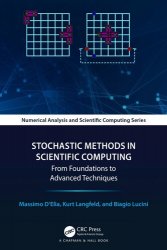 Название: Stochastic Methods in Scientific Computing: From Foundations to Advanced Techniques
Название: Stochastic Methods in Scientific Computing: From Foundations to Advanced TechniquesАвтор: Massimo D’Elia, Kurt Langfeld, Biagio Lucini
Издательство: CRC Press
Год: 2024
Страниц: 401
Язык: английский
Формат: pdf (true)
Размер: 10.3 MB
Stochastic Methods in Scientific Computing: From Foundations to Advanced Techniques introduces the reader to advanced concepts in stochastic modelling, rooted in an intuitive yet rigorous presentation of the underlying mathematical concepts. A particular emphasis is placed on illuminating the underpinning Mathematics, and yet have the practical applications in mind. The reader will find valuable insights into topics ranging from Social Sciences and Particle Physics to modern-day Computer Science with Machine Learning and AI in focus. The book also covers recent specialised techniques for notorious issues in the field of stochastic simulations, providing a valuable reference for advanced readers with an active interest in the field.
Alongside the advances in computer hardware and the steady increase of available computer resources, computer simulations for advanced scientific computing have enjoyed an upsurge in interest. Practitioners and scientists realised that many applications have stochastic elements for a number of reasons: the lack of data is compensated by a stochastic model replacing those data; a deterministic description of a system is neither possible nor desirable.
How our approach to this book works is best illustrated in chapter 1: to satisfy the reader with an interest in fundamental questions, we introduce fundamental concepts such as the “ probability space” and give thoughts to the axioms of the “ probability measure”. After the definition of “probability density”, we focus on practical questions, e.g. how can we generate in a computer experiment a sequence of random variables for a given probability density? We then draw the reader’s attention to the uncertainty in average values, which are at the heart of the usefulness of statistical analysis in everyday life. We offer an “unusual” proof of the Central Limit Theorem, which emphasises the importance of the conditions when the theorem applies. Our approach stipulates curiosity: what happens to the probability distribution if a pre-condition is not met? The answer then sends us on a journey in Chapter 2 to discover phenomena such as anomalous diffusion.
In Chapter 3, we introduce Monte Carlo simulations, which are the Swiss Army Knife of stochastic simulations. We emphasise the importance of the “error bar” of a numerical result from such simulations. Even an Artificial Intelligences (AI) or a Gaussian Process (see Chapter 8) produces an estimate for the value of a particular stock next week. Nobody would make a significant investment based upon the prediction if the reliability of the result is unknown. We introduce the important concept of autocorrelations, which can lead to a systematic underestimation of error bars and equip the reader with trusted techniques (Bootstrap and Jackknife) to achieve reliable error estimates.
...
The Data Science revolution over the last decade has delivered many practical solutions using algoritms called Machine Learning (ML) or Artificial Intelligence (AI). It has triggered a proliferation of tools for everyday life with tremendous impacts, such as speech recognition, voice, image and video generation and medical and other expert systems to name just a few. In this day in time, Universities see a surge of interest from professionals for mathematically oriented Data Sciences courses. They recognise that mathematics has always underpinned the AI and ML systems and that a mathematical understanding is needed to leave the application layer and research the next level of those systems. With the successes came a proliferation of articles and books in this area, and navigating this literature can be a challenge in itself. Chapter 8 draws a close connection between Data Analytics and statistical systems and delivers the reader an understanding of the basic mathematical building blocks that will help the reader explore and research these exciting systems.
Features:
Self-contained, starting from the theoretical foundations and advancing to the most recent developments in the field
Suitable as a reference for post-graduates and researchers or as supplementary reading for courses in numerical methods, scientific computing, and beyond
Interdisciplinary, laying a solid ground for field-specific applications in finance, physics and biosciences on common theoretical foundations
Replete with practical examples of applications to classic and current research problems in various fields.
Скачать Stochastic Methods in Scientific Computing: From Foundations to Advanced Techniques
[related-news] [/related-news]
Комментарии 0
Комментариев пока нет. Стань первым!


